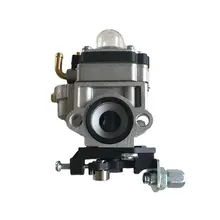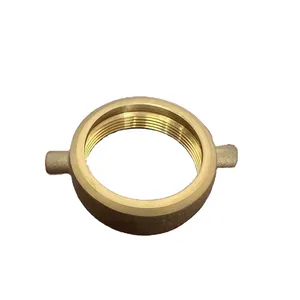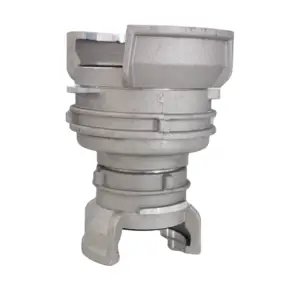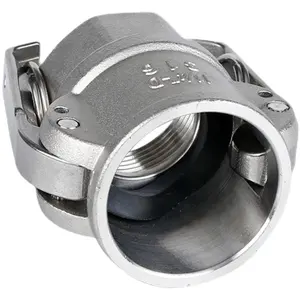Understanding Copper Socket Couplings
Copper socket couplings are integral components in the realm of pipe systems, designed to ensure a seamless connection between pipe segments. These fittings are essential in establishing a continuous pathway for fluids within both commercial and residential infrastructures. The choice of material for any coupling, especially copper, is dictated by the nature of the fluid it is intended to transport, with copper being a preferred option due to its durability and resistance to corrosion.
Types and Applications of Copper Fittings
Within the category of copper fittings, socket couplings stand out for their ability to provide a secure and leak-proof connection. These couplings come in various types, each tailored for specific applications. For instance, pressure fittings are used in systems where the fluid dynamics require resilience against high pressure, while dwv fittings (drain, waste, and vent) are utilized in systems that remove waste water and maintain optimal air pressure in the pipes.
Features and Advantages of Copper Socket Couplings
The features of copper socket couplings contribute significantly to their functionality. Their smooth interior surface minimizes resistance to fluid flow, which is crucial for maintaining the efficiency of a piping system. Additionally, the natural corrosion resistance of copper enhances the longevity of the system, particularly in underground settings where external factors can be harsh. This resistance also means that copper fittings are less likely to require frequent maintenance or replacement, making them a cost-effective solution in the long term.
Materials and Construction
Copper as a material for socket couplings is chosen for its malleability and thermal conductivity, which are beneficial in various plumbing scenarios. The construction of copper pipe fittings involves precision engineering to ensure a tight fit and prevent any potential leaks. This meticulous construction is evident in the copper pipe compression fittings, which are designed for easy yet secure assembly in complex pipe systems.
Complementary Components in Pipe Systems
Beyond copper socket couplings, a comprehensive pipe system includes several other components. Pipe bends are used to redirect the flow direction without compromising the pressure or flow rate. Pipe caps serve as terminators for the ends of pipes, sealing them to prevent contamination or preserve the integrity of the fluid flow. Each component plays a pivotal role in the overall functionality and reliability of the piping infrastructure.
Choosing the Right Copper Fittings
Selecting the appropriate copper socket coupling involves considering the specific requirements of the piping system, such as the type of fluid, the environmental conditions, and the expected lifespan of the system. While copper is a versatile material suitable for a wide range of applications, the precise selection of the right fitting type is crucial for ensuring the system's performance and durability.











































 浙公网安备 33010002000092号
浙公网安备 33010002000092号 浙B2-20120091-4
浙B2-20120091-4